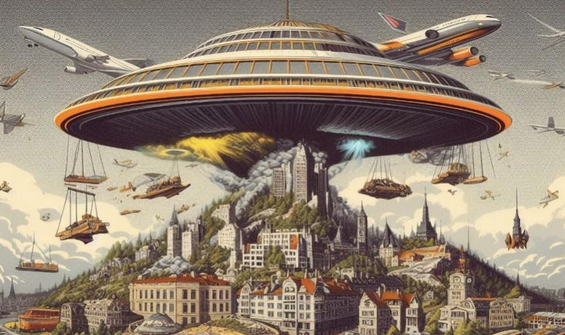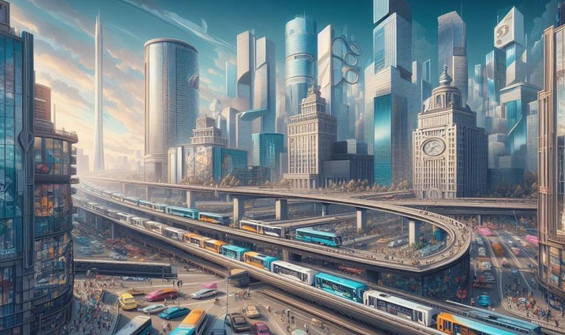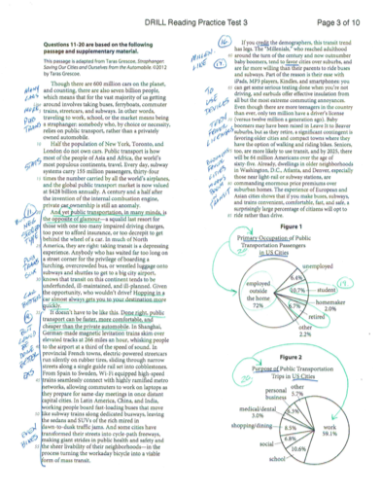Navigating Urban Futures: Taras Grescoe's "Straphanger" and the Quest to Save Cities from Automobile Dominance
Introduction
In the throbbing heartbeats of bustling metropolises, where concrete jungles sprawl and traffic snarls, a whisper of change echoes through the streets. Taras Grescoe, a seasoned travel writer and journalist, sheds light on a transformative vision in his book "Straphanger: Saving Our Cities and Ourselves from the Automobile." Published in 2012, Grescoe's work delves into the multifaceted challenges posed by car-centric urban planning and proposes sustainable alternatives for the future.

VIEW FULL PASSAGE
PASSAGE & VIDEO EXPLANATION
PASSAGE KEY TAKEAWAYS
The Automobile's Grip
"Straphanger" serves as a compelling critique of the automobile's dominion over urban landscapes. Grescoe scrutinizes the environmental, social, and economic toll exacted by our collective dependence on cars. He weaves a narrative that exposes the hidden costs of sprawling highways, traffic congestion, and the ecological impact of fossil fuel consumption. The book challenges the prevailing notion that cars are the ultimate symbol of progress, advocating for a paradigm shift towards more sustainable modes of transportation.

A Global Exploration
Grescoe takes readers on a global journey, exploring cities that have successfully embraced public transportation systems. From the bustling streets of Tokyo, where efficiency reigns supreme in the form of the renowned subway system, to the bike-friendly lanes of Copenhagen, the author showcases diverse examples of urban planning that prioritize people over cars. Through vivid storytelling and meticulous research, Grescoe illustrates how these cities have managed to create efficient, sustainable, and people-centric transportation networks.
The Straphanger Manifesto
At the core of Grescoe's vision lies the "Straphanger Manifesto." This manifesto advocates for a comprehensive approach to urban planning that prioritizes public transportation, walking, and cycling. Grescoe argues that investing in accessible, efficient public transit not only reduces congestion and pollution but also fosters vibrant, livable communities. The manifesto calls for a reevaluation of our priorities, challenging the prevalent culture of car ownership and encouraging a shift towards more sustainable alternatives.

Challenges and Solutions
"Straphanger" doesn't shy away from acknowledging the challenges of transitioning away from car-centric urban planning. Grescoe discusses the political and economic hurdles, as well as the cultural resistance to change. However, he remains optimistic, offering tangible solutions and examples of cities that have successfully overcome these obstacles. The book serves as a call to action, urging readers to rethink their relationship with automobiles and become advocates for sustainable, people-centric urban planning.
Conclusion
In "Straphanger," Taras Grescoe presents a compelling case for reimagining the future of urban transportation. Through a global exploration of cities that have embraced alternative modes of transit, he paints a picture of a more sustainable and inclusive urban landscape. Grescoe's work is not merely a critique but a roadmap for cities to navigate towards a future where straphangers – public transit users – become the heroes of the urban narrative. As cities grapple with the challenges of rapid urbanization and climate change, "Straphanger" stands as a timely and inspiring guide for shaping a more sustainable and equitable urban future.


Leave a Reply